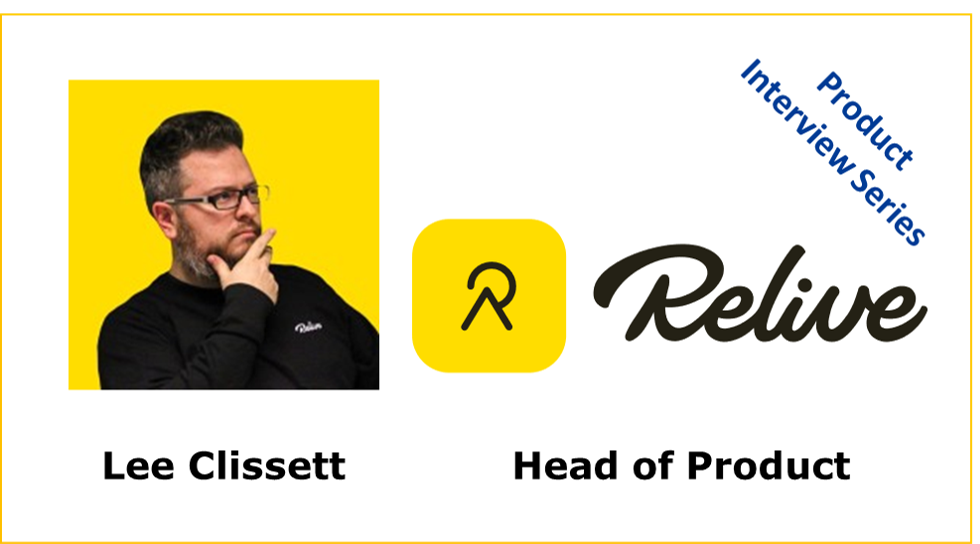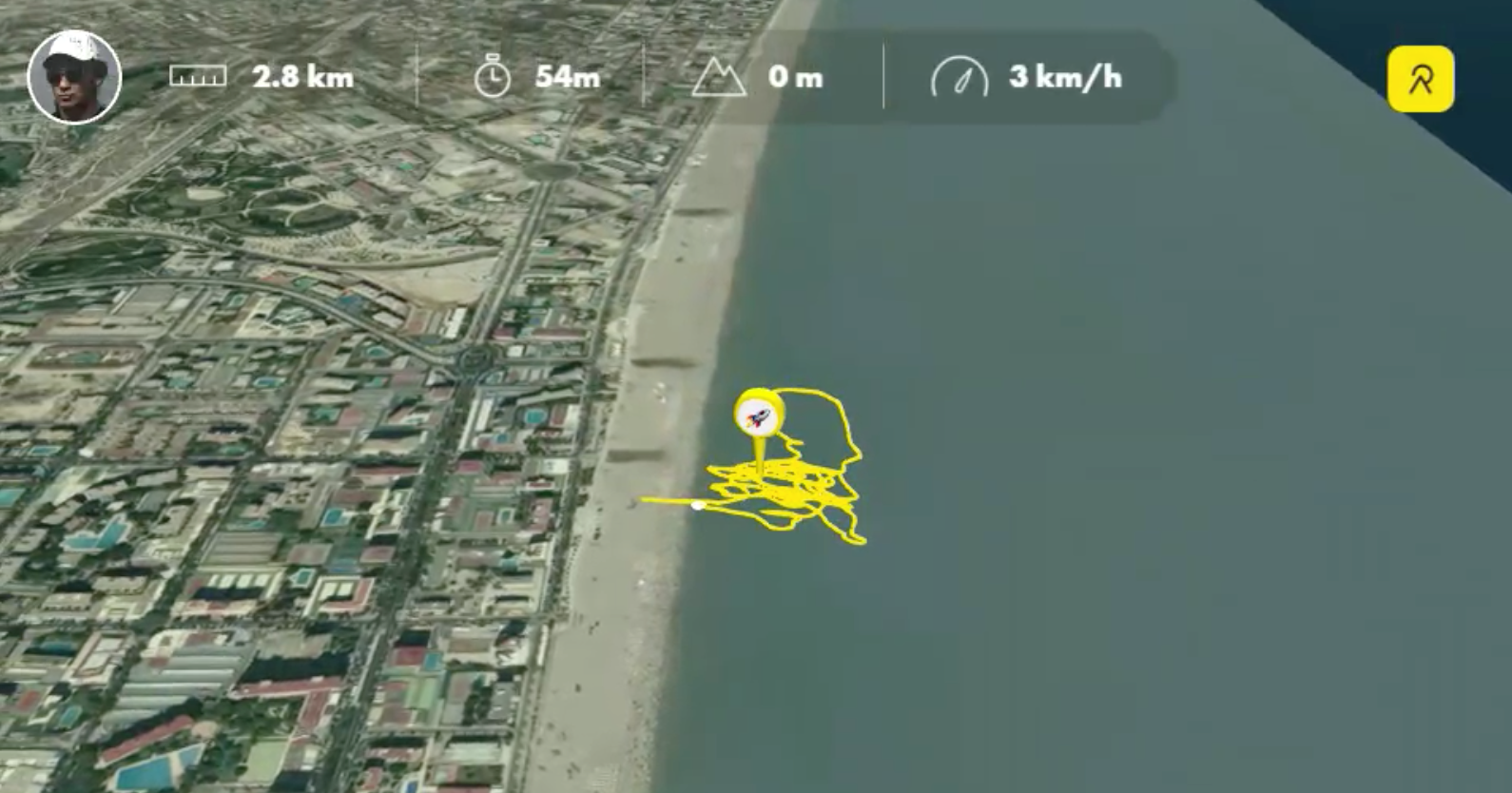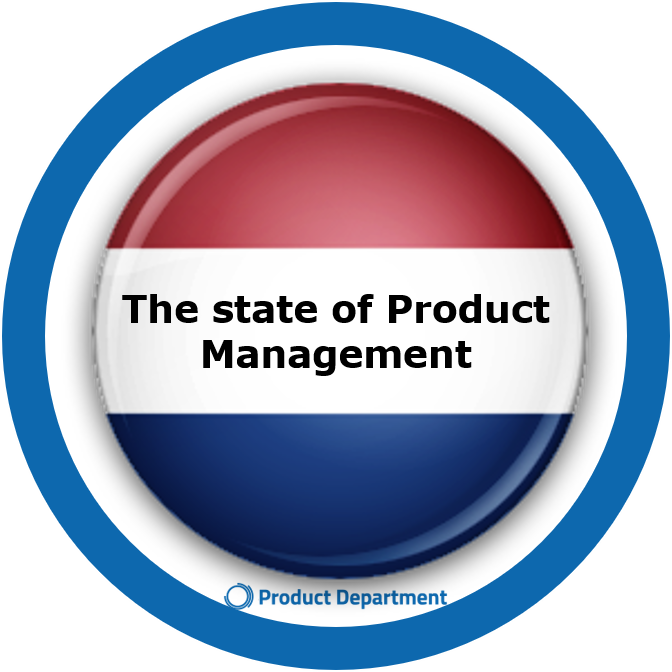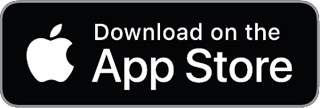The best MVP’s never get build and the best code never written
Product BlogThe best MVP’s never get build and the best code never written
Best to describe Lee Clissett as a long time Product Guy who found his product-market-fit as Head of Product at Relive. With over 12 years of experience in the product domain and he is still fascinated with understanding users and creating value through the products they use. The last 8 years Lee has focused on B2C products, start-ups and with Relive experiencing what successful scaling means. Relive has just celebrated the passing of the 10 million user’s landmark. In this interview we talk about:
- Scaling of products
- The biggest challenge for product managers
- Lee’s Vision on Digital Product Management
- The state of Digital Product Management in the Netherlands
- Frameworks, Velocity and the Product Development process

Can you tell a bit about what the product of Relive is?
At its heart Relive is a community exploring the outdoors. It is about tracking outdoor activities and sharing it with friends and our community. With the Relive app you can basically track via GPS your outdoor activities and relive them on a map and add photos and videos. The great thing about this product is that it is constantly evolving and attracting a more diverse group of users. For example, this summer an 80-year-old grandmother from the States went to Spain to enjoy walking trips. She would write-in Support every day asking the best ways to share her experiences with their family back home. Another example which amazes me is that surfers use our app to track their surfing, but all I see is lines on a map going into the water and out of the water. I am no surfer so I am definitely missing that experience, but it’s great to see people use our product for almost every outdoor activity you can think of.

“When people ‘misuse’ your product, you basically discover hidden treasures”
When did you start working at Relive?
Relive started with 3 friends who wanted to relive their trips themselves and created this product to share with their friends, which was the beginning of a successful growing start-up. They had a hit, a success and were in the field of dreams. But as all successful start-ups do, a couple of years ago they began with a transition process to start building a repeatable product process. That is when I came in. I joined the scale.
Where did you start to get the product team ready to start scaling?
I was lucky to start with a good foundation. Relive had already discovered its Product Market fit. That is something which you definitely need before you can start scaling successfully. From a product perspective it ultimately boils down to two things. The first one is what I call ‘System Thinking’. This is about getting to know the business domain inside out. Discovering the drivers for growth, discovering the flywheel, and understanding the inputs and outputs. The second thing is talking to (potential) customers. In my experience this is almost always lacking. A lot of product teams have the assumption they know their customers, that they know best. But after a while they become a feature factory and are wondering why the needles did not move. Those two things are the foundation for success before scaling.
What is the basis for success scaling?
Also, two things pop up. The first one is being able to develop the build-measure-learn cycle. To be able to start working with hypothesis’ and an experimentation approach. The second one is about focus. When I joined, Relive was looking actively to start in China. A huge market, digital savvy target group and at that point a first mover. The whole company was convinced that China was the future. But in the end, we did not do it. For me this was the kind of Type I decision, as Jeff Bezos would call it. A decision with consequences and irreversible, one-way doors. We needed more information before entering China. Not going was a Type II decision, easy to change and still go to China but at a later moment. It is easy to focus on what you lose by saying no, but it is also saying yes to something else.
What is the biggest challenge for you as a Product Leader?
Product Managers need to make decisions, but it is hard. As a result, I see product people turning to frameworks to find a solution, but this is going step by step slowly forward until the decision is not needed any more. Most of the time there is too much uncertainty, you need to decide with only 60% of the knowledge. This is not comfortable for a Product Leader because it could be the wrong decision. But this is also the space where the big wins start.
What is your vision as a Product Leader on Product Management?
My default answer is read Marty Cagan (Empowered) . He is good at explaining what the job is about. It is also mandatory reading for my product team because he boils it down at the highest level, which is pointing the boat in the correct direction. Nowadays I see a lot of people who call themselves Product Managers but are actually Product Owners, who are focused on how to make the boat as efficient as possible. It is about understanding the scope/demand of the problem and market. It is about understanding customers/users and thinking ‘is this something we can deliver and is it profitable? As Product Manager you need to gather all your knowledge and formulate it in an opinion of the world around you and your product. It is about charting the course path that is clear to everyone where you want to be in 12 months’ time.

How would you describe the state of Product Management in the Netherlands?
I concluded that it is in a less mature state than the Dutch think themselves. I believe nowadays that the role or function of Product Owner is over-represented. I used to think it did not make a difference if somebody was called a Product Manager or Product Owner (Medium article of Lee on this topic) but nowadays I am not so sure anymore. In my roles I basically also have been a hiring manager of Product Managers for the past 8 years. And sadly, I find 80% of the candidates ‘operators of the scrum machine’. Do not get me wrong Scrum and its tools are very useful, but the downside is that a lot of people stop thinking about the product itself. It is all about the last paragraph which states ‘it worked for us but be careful! Do not copy but adapt it to your situation. Also, most of the Product Owners I meet have never read the Agile Manifesto or the latest Scrum guide update. This should be mandatory in that role. Just reading those to documents will improve the work you do hugely.
May I conclude that you are not the biggest fan of frameworks? Why?
Perhaps a little bit. In my opinion there is too much focus on the rituals of a framework. It is a certain way to get stuck in the velocity of the product development process instead of focusing on the product and its customers. A simple test for me is the following question ‘when was the last time you spoke to a user?’. I cannot stress the importance of direct contact with customers and users. At Relive everybody does support and user interviews. Everybody needs to know our users.
How do you prevent getting stuck in velocity of the product development process?
To be short on this, at Relive we do not use estimates to size the work. Estimations go hand in hand with velocity and with deadlines. Therefore, at Relive we talk about ‘appetites. For example, my appetite for this feature is a month. When doing the work, you always discover new things along the way which changes the circumstances and thus also the appetite. This does not change the absolute need that Product Managers want to be as sure as possible that the work will satisfy their appetite. This is why I focus very much on the validation process for the product development because the last thing you want is that the team will waste time on bad ideas.
What do you recommend doing when a feature is taking longer to develop than anticipated?
The first thing is to find out if the appetite has changed. Is the Product Manager still hungry or is there a loss of appetite for further development? Based on that you need to decide. I do not want to hear the answer ‘just a bit more and we are there’. My experience you are never there. It is really rare that a team pulls the plug after time and energy has already been invested in a feature or functionality. That is why it is important to celebrate your failures. For example, last year a Product Manager at Relive had a new idea with a huge appetite. But 24 hours later he came back to me and said he had lost his appetite completely after doing some more research in our data. This is my opinion the best thing a Product Manager can do because the best MVP’s never get built and the best code never written.
Also, here the critical element is the ability to look further up the chain and have a higher level of understanding of the business. That is the start of all Product Managers. Create clarity, get out of the fog.
Want to enjoy or try Relive? download the your app!
Interested in more Product News? Subscribe to the Product Blog*
*articles in Dutch and English
Ook interessant:
- Opleidingsprogramma ‘Digital Product Management Professional‘ – ontwikkel je Digital Product Management capabilities
- Download de Whitepaper ‘Value Based Pricing voor producten en diensten‘


